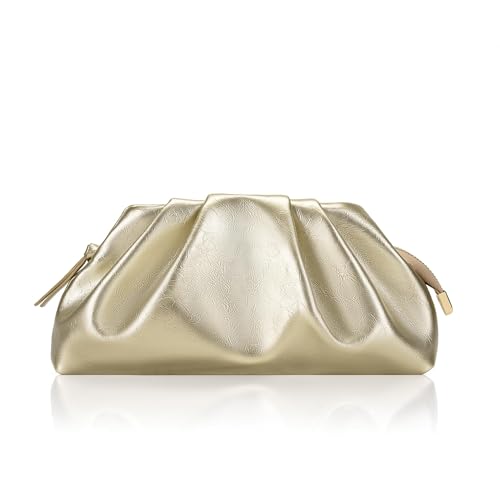Understanding the Clutch Diaphragm Spring
Clutch diaphragm spring is an essential component in a vehicle’s clutch system. It is a type of spring which, when compressed, disengages the clutch, allowing the engine to revolve freely without moving the transmission shaft. It consists of a metal plate, which is bent into a ‘V’ shape, and works using the principle of elastic deformation.
How it works
The clutch diaphragm spring is attached to the pressure plate, which in turn is bolted to the flywheel. When the clutch pedal is depressed, the release bearing pushes the diaphragm spring, which in turn pushes the pressure plate away from the flywheel. This releases the clutch, allowing the engine to rotate freely. When the clutch pedal is released, the diaphragm spring is no longer compressed, and it returns to its original position, causing the clutch to engage.
Advantages of using a diaphragm spring
Compared to the conventional coil springs, the diaphragm spring offers several advantages. It is lighter, requires less space, and creates less vibration when compared to other types of springs. Additionally, it is more durable and can provide more consistent performance than other springs in the clutch system.
Replacing a faulty diaphragm spring
The diaphragm spring is subjected to heavy wear and tear during regular use, which can cause it to become weak and ineffective. Symptoms of a faulty clutch diaphragm spring include a slipping clutch, difficulty in shifting gears, and excessive noise from the clutch area. In case of such issues, it is advisable to replace the diaphragm spring. However, it is recommended to seek professional assistance in such cases, as replacing the diaphragm spring is a complex procedure that requires specialized tools and knowledge.
The future of clutch diaphragm spring
With the increasing emphasis on fuel efficiency and emission standards, manufacturers are consistently striving to develop newer and better technologies for automotive components. However, the clutch diaphragm spring has remained largely unchanged over the years. Although advancements in materials and manufacturing techniques have led to improvements in its durability and performance, there has been little innovation in its design. It remains to be seen whether future technologies will bring about significant changes to the clutch diaphragm spring.






